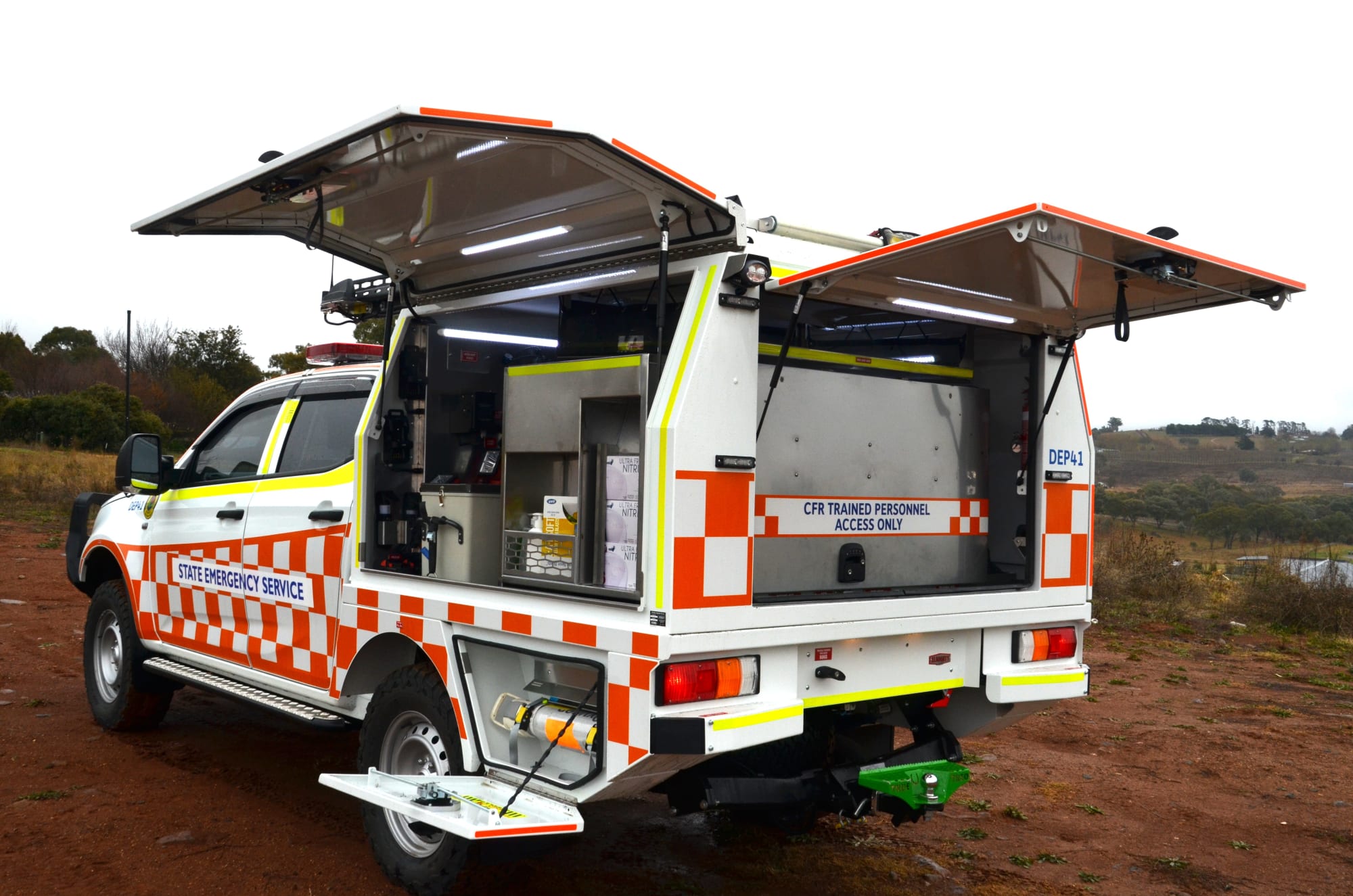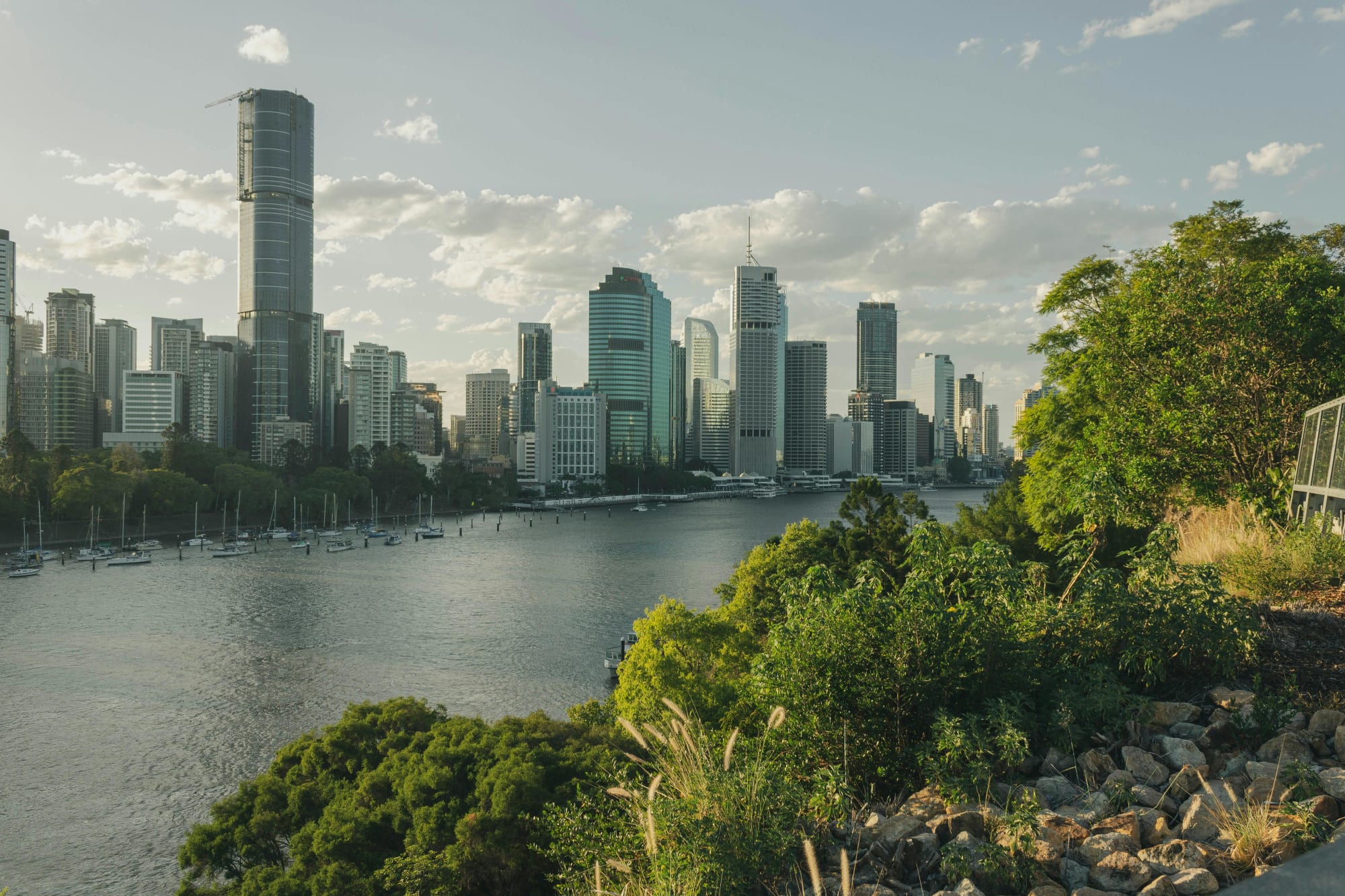Invest
Governor defends putting bank profits ahead of jobs
Reserve Bank of Australia governor Philip Lowe has hit back at suggestions that the central bank’s stance on negative interest rates is putting bank profits ahead of jobs.
Governor defends putting bank profits ahead of jobs
Reserve Bank of Australia governor Philip Lowe has hit back at suggestions that the central bank’s stance on negative interest rates is putting bank profits ahead of jobs.

During the hearing on Friday, 14 August, conducted by the House of Representatives standing committee on economics, the head of the Reserve Bank was questioned on why the central bank refused to introduce negative interest rates.
Mr Lowe told the panel that the RBA has not completely ruled out the prospects of negative interest rates.
“I’ll make it clear that I haven’t ruled out negative rates. What I’ve said is that they are extremely unlikely. In a world that is so uncertain and so fluid, I don’t think it is prudent to rule it out, but it is extraordinarily unlikely,” Mr Lowe said.
However, the head of the central bank did note that a lack of profits for the financial sector is an issue for an economy.

“The first is that negative interest rates in most countries do impair the profitability and efficiency of the financial system and ultimately its ability to provide credit to the real economy, which is really important. We’re seeing this in Europe now,” Mr Lowe said.
“There are a lot of problems in the European banking system, but there are structurally low profits and it’s quite difficult for them to provide the credit to the economy that’s needed.”
He also pointed out that negative interest rates can have the opposite impact on an economy than what policymakers desire.
“A second negative I want to mention is that in many countries, there is increased concern that negative interest rates encourage people to save more, not spend more.
“Imagine I tell you that you can put $100 in the bank and in five years’ time I’ll give you back $95. That’s what negative interest rates mean. In response to that, we’re seeing in some European countries – and in Japan there is some evidence of this as well – that people say, ‘Because I’m going to get less from the bank in three or four years’ time, I have to save more,” Mr Lowe said.
In response, Labor MP and deputy chair of the committee Andrew Leigh accused the RBA of “putting bank profits ahead of jobs” by forgoing the benefits of negative interest rates on the exchange rate in fear of the impact on the financial system.
Mr Lowe replied: “I take issue with the contention that I’m putting bank profits before jobs. What I want to see is the credit supply process work effectively.
“[We] need banks that are profitable and that are willing to supply credit [to ensure the] credit supply markets are not distorted.
“My concern, at least at the moment, is that negative interest rates would make credit supply more difficult and that would hurt jobs.”
He concluded: “It’s not about bank profits, it’s really about jobs. My current view is that negative interest rates couldn’t help jobs, and arguably could make it worse.”
About the author

About the author


Economy
NSW SES boosts tsunami preparedness ahead of World Tsunami Awareness Day
As World Tsunami Awareness Day approaches on 5 November, the New South Wales State Emergency Service (NSW SES) is ramping up efforts to enhance tsunami preparedness along the east coastRead more

Economy
Lifesaving Regional Response Strengthened with New NSW SES Vehicles
In a significant boost to regional emergency services, the NSW State Emergency Service (SES) has unveiled 11 new Community First Response (CFR) vehicles, designed to enhance the speed and safety of ...Read more

Economy
Australia's June quarter GDP growth driven by consumer and government spending
Australia's economy has shown unexpected resilience in the June 2025 quarter, with household and government consumption driving growth despite a significant decline in public investmentRead more

Economy
Australia's GDP surprise is real but operators should heed the growth mix warning light
Australia’s June-quarter growth beat expectations on the strength of household consumption and government spending, even as public investment sagged. The upside surprise signals resilience, but the ...Read more

Economy
Households carried the quarter: what Australia’s upside GDP surprise means for strategy now
Australia’s economy expanded faster than expected in the June 2025 quarter, with GDP up 0.6 per cent quarter-on-quarter and 1.8 per cent year-on-year — the strongest pace in two years. The kicker ...Read more

Economy
Inflation dynamics in Australia: Electricity subsidies and labour market in focus
In a recent economic analysis, experts from State Street have highlighted significant developments in Australia's inflation landscape, attributing the changes primarily to the withdrawal of ...Read more

Economy
Australia's economic growth driven by consumer and government spending: A closer look at the June quarter
Australia's economy has delivered a surprising performance for the June 2025 quarter, surpassing expectations with a growth rate of 0.6% quarter-on-quarter and 1.8% year-on-year. This unexpected ...Read more

Economy
Australian and Korean leaders meet to unlock billions in new trade opportunities
In a significant effort to bolster economic ties and explore new avenues for investment, Australian and Korean leaders, alongside business executives and government officials, are gathering in Seoul ...Read more

Economy
NSW SES boosts tsunami preparedness ahead of World Tsunami Awareness Day
As World Tsunami Awareness Day approaches on 5 November, the New South Wales State Emergency Service (NSW SES) is ramping up efforts to enhance tsunami preparedness along the east coastRead more

Economy
Lifesaving Regional Response Strengthened with New NSW SES Vehicles
In a significant boost to regional emergency services, the NSW State Emergency Service (SES) has unveiled 11 new Community First Response (CFR) vehicles, designed to enhance the speed and safety of ...Read more

Economy
Australia's June quarter GDP growth driven by consumer and government spending
Australia's economy has shown unexpected resilience in the June 2025 quarter, with household and government consumption driving growth despite a significant decline in public investmentRead more

Economy
Australia's GDP surprise is real but operators should heed the growth mix warning light
Australia’s June-quarter growth beat expectations on the strength of household consumption and government spending, even as public investment sagged. The upside surprise signals resilience, but the ...Read more

Economy
Households carried the quarter: what Australia’s upside GDP surprise means for strategy now
Australia’s economy expanded faster than expected in the June 2025 quarter, with GDP up 0.6 per cent quarter-on-quarter and 1.8 per cent year-on-year — the strongest pace in two years. The kicker ...Read more

Economy
Inflation dynamics in Australia: Electricity subsidies and labour market in focus
In a recent economic analysis, experts from State Street have highlighted significant developments in Australia's inflation landscape, attributing the changes primarily to the withdrawal of ...Read more

Economy
Australia's economic growth driven by consumer and government spending: A closer look at the June quarter
Australia's economy has delivered a surprising performance for the June 2025 quarter, surpassing expectations with a growth rate of 0.6% quarter-on-quarter and 1.8% year-on-year. This unexpected ...Read more

Economy
Australian and Korean leaders meet to unlock billions in new trade opportunities
In a significant effort to bolster economic ties and explore new avenues for investment, Australian and Korean leaders, alongside business executives and government officials, are gathering in Seoul ...Read more








